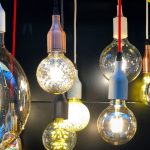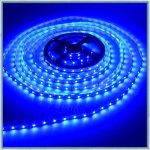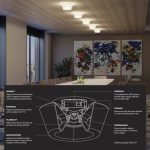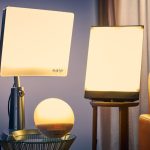Maximizing Yield: Growing Multiple Plants Under A 300W LED Light
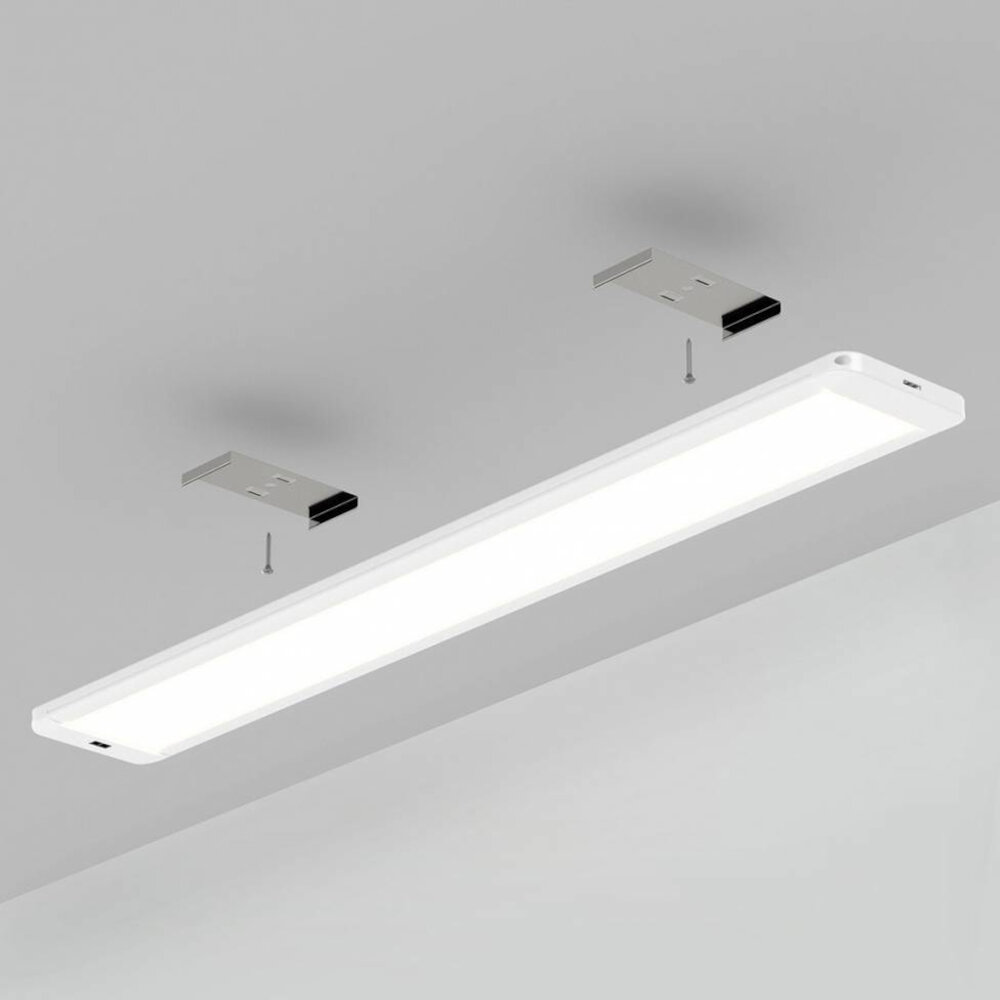
As more and more people turn to indoor gardening, LED grow lights have become an essential tool for maximizing yield. With the right setup, you can grow multiple plants under a single 300W LED light and achieve impressive results. Whether you’re a seasoned grower looking to increase your productivity or a beginner just starting out, this guide will provide you with the information you need to get started. One of the most significant advantages of growing plants under LED lights is that they consume less energy and emit less heat compared to traditional HPS and metal halide lights. This means that you can use a lower wattage LED light to achieve the same or even better results. 300W LED lights are a popular choice among indoor gardeners because they strike the perfect balance between efficiency and performance. They are powerful enough to support multiple plants, yet they don’t require a lot of electricity or generate excessive heat, which can damage the plants. By using a 300W LED light, you can create a highly productive indoor garden that yields healthy, strong, and vibrant plants.
LED lights have become a popular choice for indoor plant growth due to their numerous benefits. One of the main advantages of using LED lights is their energy efficiency. They use up to 80% less energy than traditional lighting systems, which can result in significant cost savings over time. Additionally, LED lights emit very little heat, which means they can be placed closer to plants without damaging them. This results in more efficient use of light and a higher yield of healthy plants. LED lights also have a longer lifespan than traditional lighting systems, which means less maintenance and replacement costs in the long run. Overall, using LED lights for indoor plant growth can lead to healthier plants, higher yields, and cost savings for growers.
For indoor growers, maximizing yield is crucial to obtain the highest possible return on investment. Yield refers to the amount of harvest that a grower can produce from a given space, time, and resources. In addition, it is important for indoor growers to pay special attention to yield because of the limited space and resources. A high yield means that the grower can produce more crops, which can be sold for profit or used for personal consumption. Moreover, a high yield also means that the grower is making the most of the available resources, such as light, water, and nutrients. To maximize yield, growers must carefully manage all aspects of their grow space, including lighting, ventilation, temperature, humidity, and nutrients. By doing so, they can ensure that their plants grow healthy and strong, and produce the highest possible yield.
Setting Up Your Indoor Garden
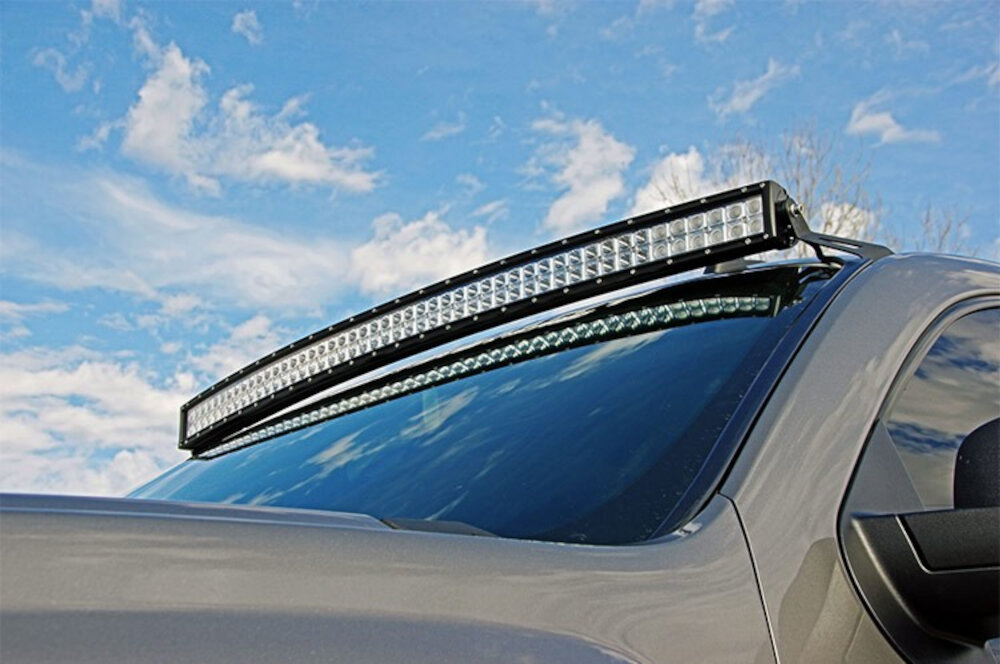
Setting up an indoor garden is an exciting and fulfilling experience. It allows you to grow plants all year round and control the environment to optimize growth. To start, you’ll need to choose the right location for your indoor garden. Consider factors such as access to natural light, ventilation, and temperature control. Once you’ve found the perfect spot, you’ll need to invest in the right equipment. This includes a quality LED light, grow tent, pots, soil, and nutrients. It’s important to do your research and choose high-quality products that will help your plants thrive. When setting up your indoor garden, it’s also important to consider the type of plants you want to grow. Some plants require more space than others, so be sure to choose wisely. Additionally, pay attention to the light requirements of each plant and adjust your LED light accordingly. You may also need to adjust the temperature and humidity levels to ensure optimal growth. Finally, be patient and consistent in your care. Indoor gardening takes time and effort, but the rewards are worth it. With the right setup and attention, you can maximize your yield and enjoy a bountiful harvest.
Indoor gardening under LED lights requires some necessary equipment to ensure a successful harvest. First and foremost, a high-quality 300W LED grow light is essential to provide the right spectrum of light for plant growth. Additionally, a timer is needed to ensure that the plants receive the appropriate amount of light and darkness. A grow tent or grow room is also necessary to provide a controlled environment where temperature, humidity and air circulation can be regulated. A ventilation system with an exhaust fan and carbon filter is important to maintain good air quality and control odors. Other necessary equipment includes a watering system, nutrients, pH meter, and plant support such as trellis or stakes. With the right equipment and proper care, indoor gardening under LED lights can be a successful and rewarding experience.
Selecting the right soil and nutrients for your plants is crucial to maximizing yield when growing multiple plants under a 300W LED light. The soil should be rich in nutrients and have good drainage, so it’s important to choose a high-quality potting mix that is specifically designed for the types of plants you are growing. Additionally, adding organic matter, such as compost or worm castings, can provide even more nutrients to the soil. When it comes to nutrients, it’s important to choose a fertilizer that is balanced and specifically formulated for your plants’ needs. Over-fertilizing can lead to nutrient burn, while under-fertilizing can stunt growth and reduce yields. Regularly testing the pH of your soil can also help ensure that your plants are able to absorb the necessary nutrients.
Organizing your indoor garden space is crucial to ensure maximum yield and healthy plant growth. Firstly, choose the right size of the LED light and consider the height of your plants to avoid any overcrowding. Secondly, invest in quality planting containers that are durable and have proper drainage to avoid waterlogging. Thirdly, arrange your plants according to their light requirements and growth patterns to ensure that they receive the appropriate amount of light and space. Fourthly, create a proper ventilation system to maintain the right temperature and humidity levels. Finally, regularly clean and maintain your indoor garden space to avoid the buildup of insects, dust, and debris. By following these tips, you can optimize your indoor garden space for maximum yield and healthy plant growth.
Choosing the Right Plants
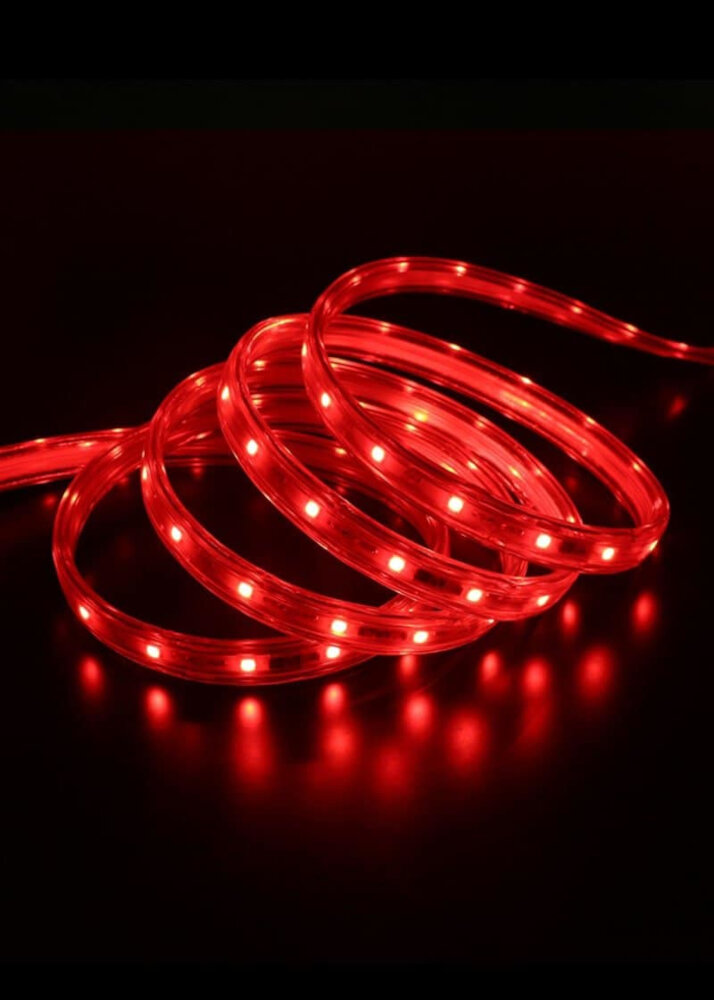
When it comes to maximizing yield growing multiple plants under a 300W LED light, choosing the right plants is crucial. You should select plants that are known for their high yield and fast growth rate. Examples of such plants include tomatoes, peppers, lettuce, and herbs like basil and thyme. These plants require minimal maintenance and can thrive under the artificial light provided by the LED. Additionally, it is important to choose plants that are suitable for indoor growing conditions, as this will ensure that they thrive and produce high-quality yields. Another important factor to consider when choosing plants is the amount of space they require. It is recommended to grow smaller plants that can be spaced closely together to maximize the use of the available space. This not only increases yield but also makes it easier to manage the plants. However, it is important to ensure that the plants are not overcrowded, as this can lead to issues such as poor ventilation, increased humidity, and the spread of diseases. By carefully selecting plants that are suitable for indoor growing conditions and that can be spaced closely together, you can maximize your yield and get the most out of your 300W LED light.
Indoor gardening has become increasingly popular, and with the right tools, it can be a successful and enjoyable hobby. LED lights have proven to be an efficient and cost-effective way to grow plants indoors, especially those that require a lot of light. When it comes to selecting the best plants to grow under LED lights, there are several options to choose from. Some of the most popular options include herbs like basil, oregano, and parsley, leafy greens like lettuce and spinach, and flowering plants like orchids and African violets. These plants thrive under LED lights because they require high levels of light and do not need a lot of space to grow. With proper care and attention, you can maximize yield and enjoy fresh, healthy plants all year round.
Choosing plants that will grow well together is an essential aspect of maximizing yield in a 300W LED light setup. When selecting plants to grow together, it’s important to consider their nutritional needs, growth habits, and compatibility. For example, plants with similar light and water requirements, such as lettuce and spinach, can be grown together. Companion planting can also be used to maximize yield by pairing plants that benefit each other, such as tomatoes and basil. Additionally, it’s crucial to avoid planting species that are known to compete for resources or attract pests. By carefully selecting plants that complement each other, growers can ensure a healthy and abundant harvest.
When selecting plants with similar lighting and nutrient requirements, it’s essential to consider their individual needs and characteristics. Firstly, identify the type of plants you want to grow and their specific lighting requirements. Some plants require more light, while others thrive in lower light conditions. Once you have identified the lighting requirements, it’s equally vital to consider the nutrient requirements. Plants with similar nutrient requirements will grow better together and maximize yield. Moreover, it’s often recommended to group plants with similar growth rates and sizes to prevent overcrowding and ensure equal access to light and nutrients. Overall, selecting plants with similar lighting and nutrient requirements is crucial to maximize yield and ensure healthy plant growth under a 300W LED light.
Maximizing Yield Under A 300W LED Light
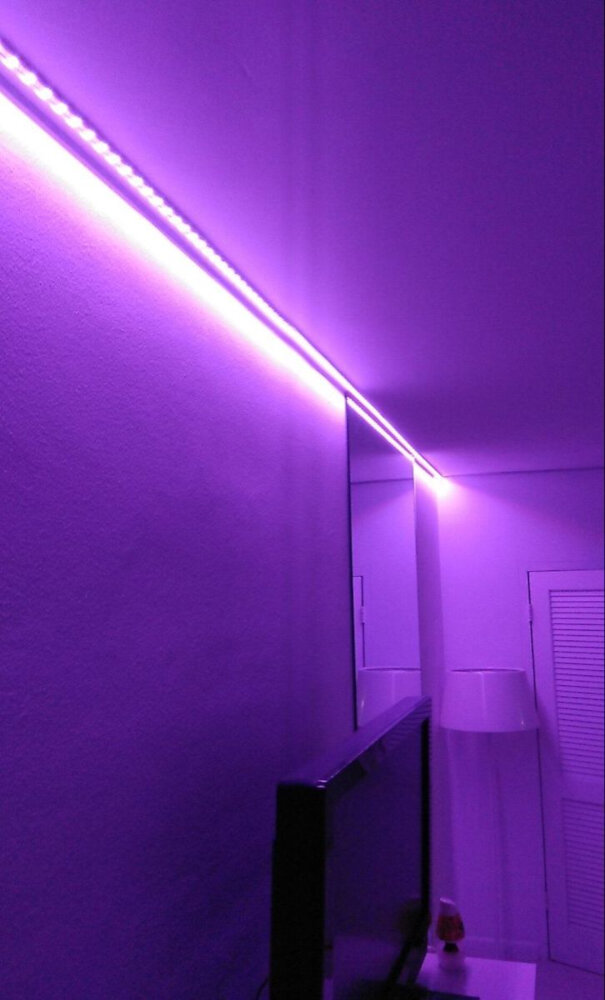
When it comes to maximizing yield under a 300W LED light, there are several factors to consider. First and foremost, choosing the right strain of plant is crucial. Plants that are known for their high yield and fast growth rate are ideal for this type of setup. It’s also important to ensure that the plants are receiving the right amount of nutrients and water, as well as adequate ventilation and temperature control. By providing the plants with the optimal growing conditions, you can help them reach their full potential and produce a bountiful harvest. Another key factor in maximizing yield under a 300W LED light is proper pruning and training techniques. This involves removing any dead or damaged leaves, as well as trimming the plant’s branches to encourage upward growth and increase the number of buds. Additionally, using techniques such as topping, fimming, and LST (low-stress training) can help promote even growth and maximize the yield of each individual plant. With the right combination of strain selection, growing conditions, and pruning/training techniques, it’s possible to achieve impressive yields and produce high-quality cannabis under a 300W LED light.
Positioning your plants for optimal light absorption is crucial for maximizing yield in indoor gardening. First, ensure that your LED light is positioned at the correct distance from your plants. A 300W LED light should be placed about 18 to 24 inches above the canopy of your plants. This distance will ensure that your plants receive sufficient light without being burned. Next, arrange your plants so that each one has access to the light. Avoid overcrowding your plants, as this can lead to uneven growth and lower yields. You should also rotate your plants regularly to ensure that all sides receive equal exposure to the light. By following these tips, you can ensure that your plants receive the optimal amount of light for healthy growth and maximum yields.
Maintaining consistent light cycles is crucial when it comes to maximizing yield while growing multiple plants under a 300W LED light. Light cycles refer to the amount of time the plants receive light and darkness each day. This is important because it helps to regulate the plant’s growth and development. If the light cycles are inconsistent, the plant’s growth can become stunted, and the yield can be reduced. Additionally, consistent light cycles can help to prevent plant stress, which can lead to a variety of issues such as disease and pests. Therefore, it is essential to maintain a consistent light cycle to ensure that your plants grow healthy and produce a maximum yield.
To maximize yield when growing multiple plants under a 300W LED light, it’s essential to adjust nutrient levels correctly. Firstly, ensure that the pH level of the soil or hydroponic solution is between 5.5-6.5, as this is the optimal range for nutrient uptake. Secondly, use a high-quality fertilizer that contains nitrogen, phosphorus, and potassium in the correct ratios for the growth stage of your plants. Thirdly, supplement your plants with micronutrients like magnesium, calcium, and sulfur, which are crucial for healthy growth. Finally, monitor your plants closely and adjust nutrient levels as needed. Overfeeding or underfeeding can lead to stunted growth and reduced yield, so it’s crucial to find the right balance.
Troubleshooting Common Issues
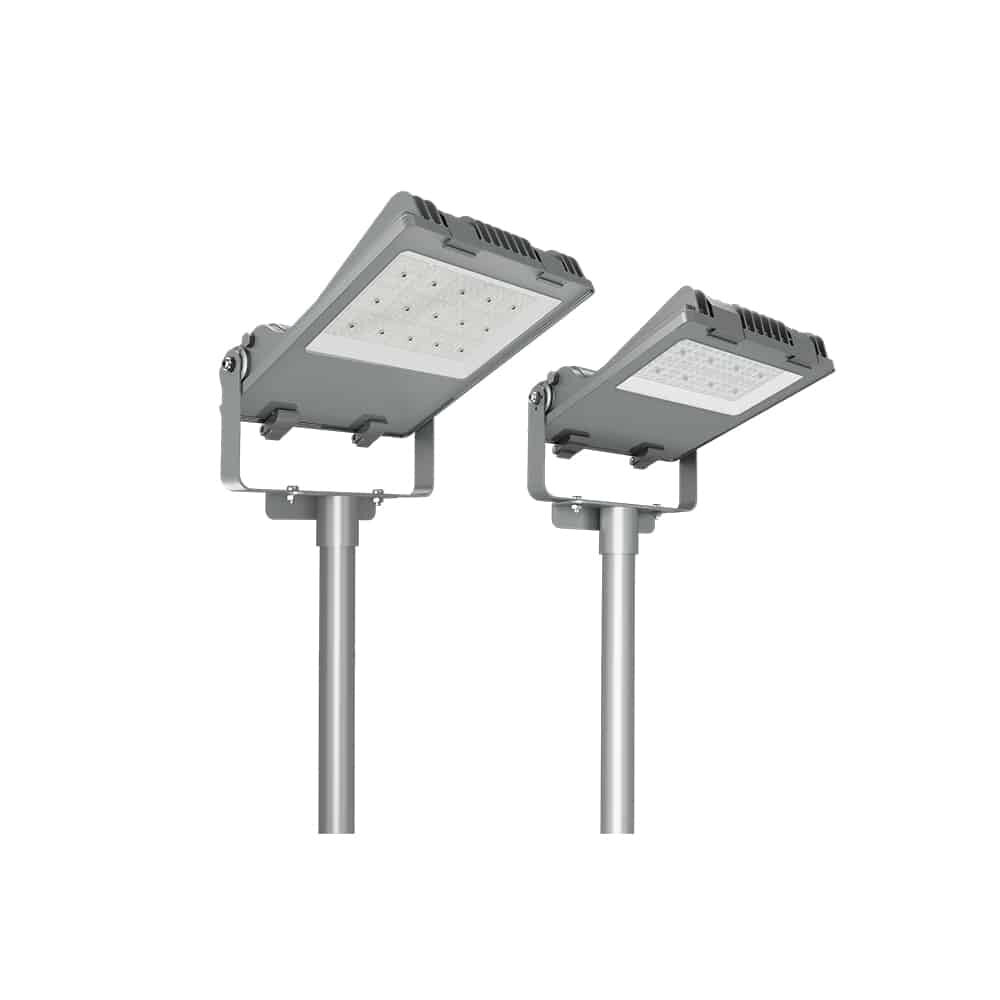
When growing multiple plants under a 300W LED light, there are some common issues that may arise. One of the most common problems is nutrient deficiency. This can occur if the plants are not receiving enough nutrients from the soil or if the soil pH is not balanced. To avoid this issue, it is important to regularly monitor the soil and adjust the nutrients as needed. Additionally, it is important to ensure that the pH levels are within the ideal range for the specific plants being grown. This can be done by adding pH adjusters to the soil or using pH testing kits to monitor levels. Another common issue when growing multiple plants is poor air circulation. Without proper airflow, the plants can become stressed and may even develop mold or other fungal growths. To avoid this issue, it is important to have a fan or other ventilation system in place to ensure that air is circulating throughout the grow space. Additionally, it is important to monitor the humidity levels in the grow space, as high humidity can also contribute to poor air circulation and the development of mold or fungus. By addressing these common issues, growers can maximize their yield and ensure that their plants are healthy and strong.
Indoor growers who use LED lights often face some common issues that can hinder their plant growth and yield. One of the main problems is heat management, as LED lights can sometimes emit too much heat and cause the plants to dry out or wilt. Another issue is ensuring that the plants receive adequate light coverage, as LED lights can sometimes have hot spots or areas with less light intensity. Additionally, growers may struggle with finding the right balance of light spectrum and intensity to promote healthy plant growth, especially if they are new to using LED lights. However, with proper planning and attention to these issues, indoor growers can successfully maximize their yields and grow multiple plants under a 300W LED light.
To diagnose issues while growing multiple plants under a 300W LED light, one must first observe the plants and look for signs of stress or deficiency such as yellowing leaves or stunted growth. The next step is to check environmental factors such as humidity, temperature, and pH levels of the soil or medium. In case of any issue, one can adjust the grow light’s height and distance from the plants to optimize light intensity and prevent damage. Additionally, adding nutrients to the soil or medium can help fix nutrient deficiencies. Proper ventilation and airflow are also crucial to ensure healthy plant growth. By regularly monitoring and adjusting these factors, growers can maximize yield and achieve healthy plant growth under a 300W LED light.
Preventing issues from arising in the first place is crucial when growing multiple plants under a 300W LED light. One tip is to ensure that the plants are grown in a suitable environment with the proper temperature, humidity, and ventilation. It is also important to maintain a consistent watering and feeding schedule, as well as monitoring for pests and diseases regularly. Using high-quality soil and nutrients can also help prevent problems from occurring. Additionally, regularly checking the light intensity and distance from the plants can ensure that they receive the optimal amount of light without causing any damage. By taking these preventative measures, growers can maximize their yield and avoid any potential issues that can arise during the growing process.
The article \Maximizing Yield Growing Multiple Plants Under A 300W LED Light\ highlights the benefits of using LED lights for indoor plant growth. The author emphasizes the importance of selecting the right LED light for the specific plants being grown and the size of the growing space. The article provides tips on how to maximize yield by using techniques such as training plants to grow horizontally and pruning. The author also suggests using a variety of plants to increase diversity and improve the overall health of the crop. Overall, the article emphasizes the importance of careful planning and attention to detail in order to achieve successful and bountiful indoor plant growth.
Indoor growers are constantly striving to maximize their yield, and for good reason. Yield is the ultimate measure of success for any grower, as it directly impacts their profitability and the overall quality of their product. Maximizing yield requires a thorough understanding of the plant’s growth cycle, as well as the optimal growing conditions necessary for achieving the highest possible yields. Indoor growers must also carefully consider the lighting, temperature, humidity, and nutrient levels of their growing environment, as each of these factors can have a significant impact on plant growth and yield. By focusing on maximizing yield, indoor growers can ensure that they are producing the highest quality product possible, while also maximizing their profitability and success.
If you’re looking to maximize your indoor gardening yields, it’s important to experiment with different techniques and methods to find what works best for you. Growing multiple plants under a 300W LED light can be a great way to increase productivity and efficiency, but it’s important to remember that every plant is different and may require different conditions to thrive. Don’t be afraid to try out different soil blends, nutrient solutions, and lighting schedules to see what works best for your plants. With a little bit of trial and error, you can create an indoor garden that’s both productive and rewarding. So grab your gardening tools, get your hands dirty, and start experimenting today!
Conclusion
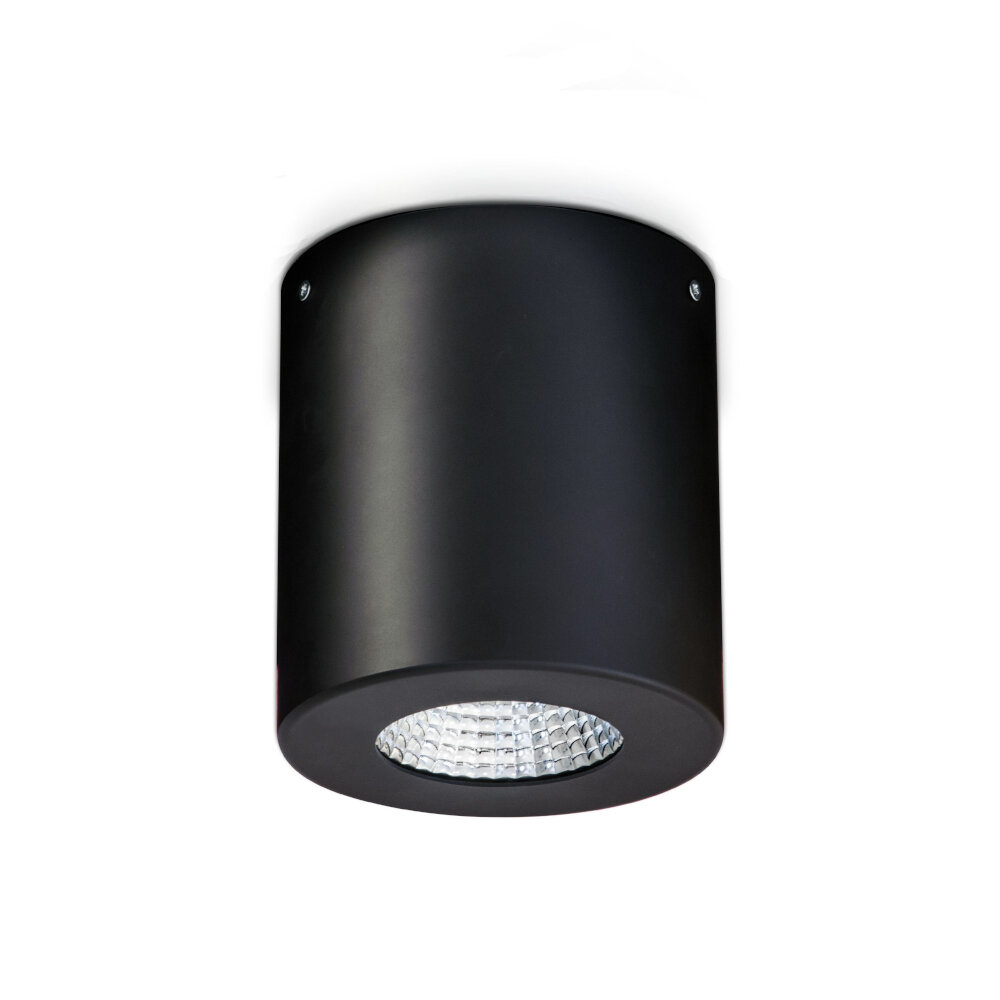
In conclusion, growing multiple plants under a 300W LED light can be an effective way to maximize yield. With careful planning and execution, cultivators can optimize their grow space and resources, resulting in healthy, bountiful harvests. The efficiency and versatility of LED lighting makes it a popular choice among growers, as it allows for customizable spectrums and energy savings. However, it is important to note that each plant has unique requirements and may respond differently to varying light intensities and durations. By monitoring and adjusting environmental factors, growers can achieve optimal conditions for their plants to thrive. Overall, the use of LED lighting in combination with proper cultivation techniques can lead to successful and profitable crops.

